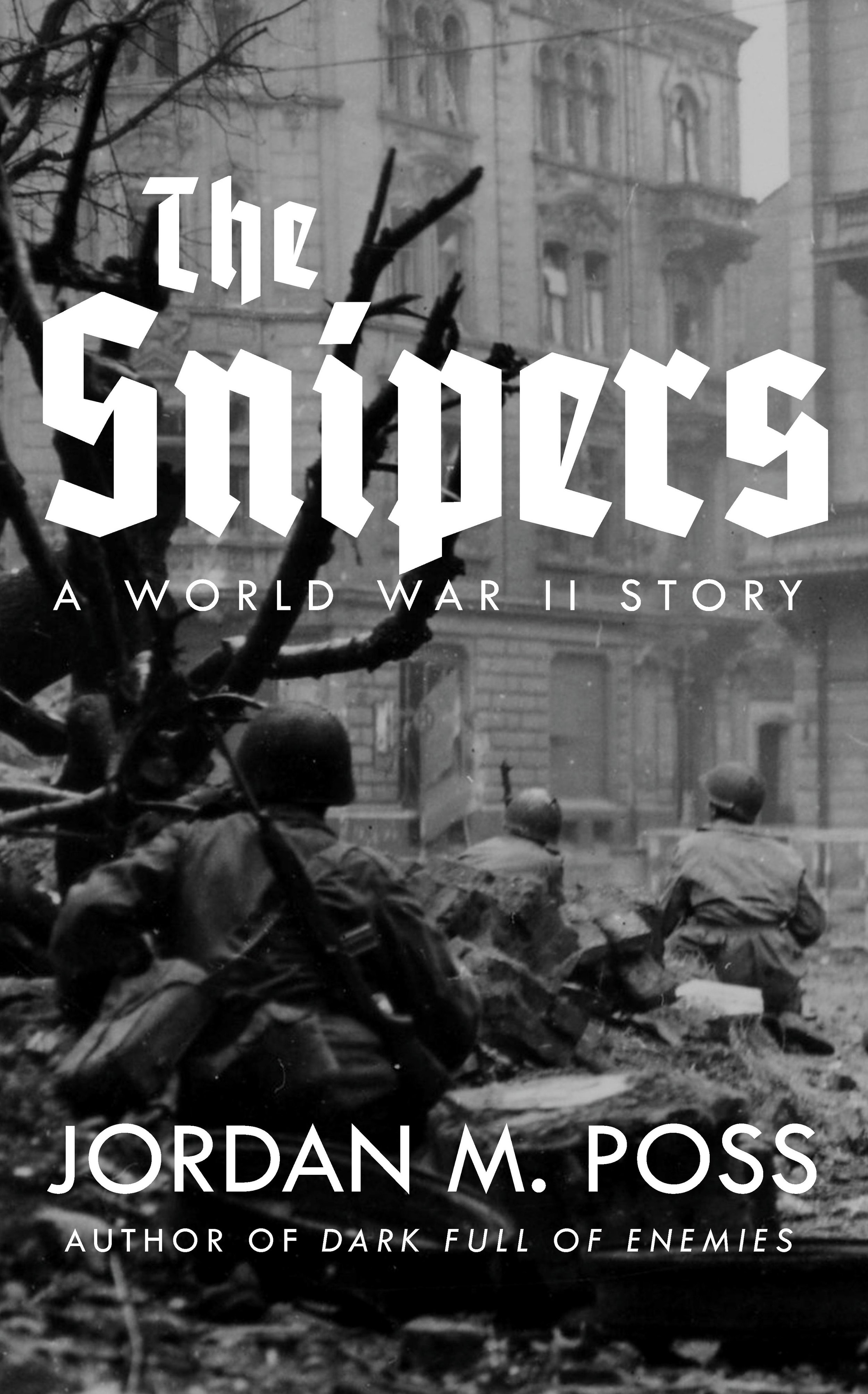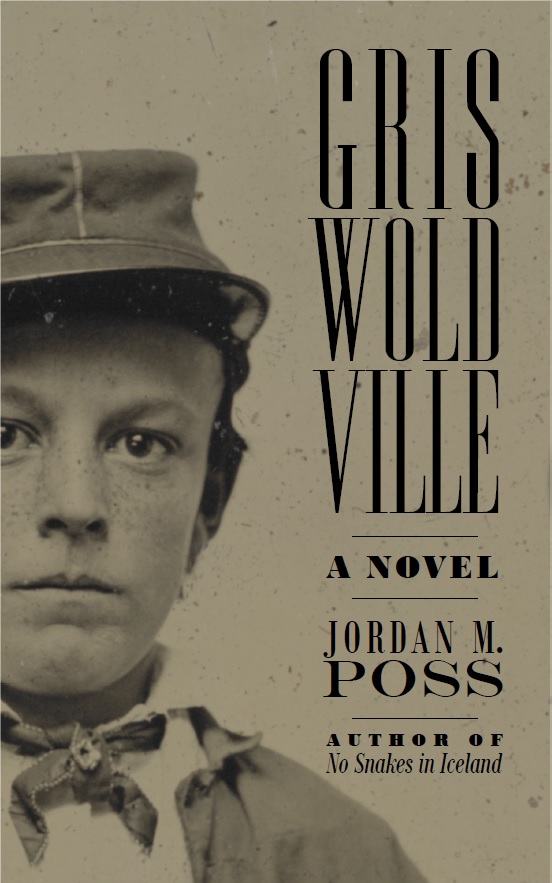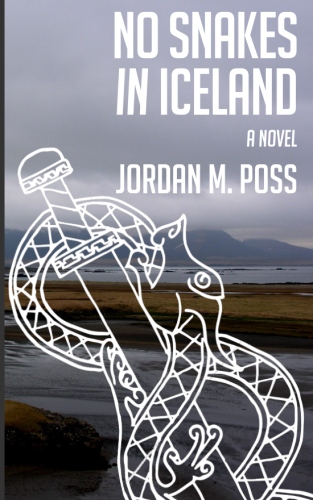Manalive
/Today Chestertober continues with perhaps the most overtly, characteristically, even stereotypically Chestertonian of all of Chesterton’s fiction, his 1912 comedy of ideas Manalive.
The entirety of Manalive takes place at Beacon House, a boarding house on a hill overlooking London. Here a variety of lodgers move comfortably through their lives, among them an heiress named Rosamund and her maid Mary Gray; Diana Duke, the niece of Beacon House’s imperious landlady; a young man named Arthur Inglewood, who nurses secret feelings for Diana; a dour Irish journalist named Michael Moon; a Jewish cynic named Moses Gould; and the successful and intelligent but utterly humorless Dr Herbert Warner. The bland, peaceful routines of Beacon House are disrupted by the arrival of Innocent Smith, an eccentric whose coming is heralded by a blast of evening wind that drives the residents indoors just as Smith throws his luggage over the back garden wall and clambers over into the yard.
Smith’s eccentricities do not stop there. A gigantic man with unkempt blond hair, he speaks in a torrent of disjointed allusions and metaphors and partial quotations and half-formed jokes, invites the other lodgers to a picnic which he hosts on the roof, and carries a large revolver in his bag.
Despite his strange arrival and effusive, off-putting manner, Smith quickly wins over most of the other lodgers. His overwhelming energy inspires Arthur to confess his feelings to Diana and ask her to marry him, Michael Moon to win back the affections of Rosamund, with whom he used to be in love, and Mary Gray to agree to marry Smith. Beacon House resounds to song and laughter as love is either kindled or relit, and as Smith and Mary prepare to elope in a cab. All is going well until Smith takes his revolver and shoots at Dr Warner.
Warner, who is already hostile to Smith, understandably objects and calls in an American criminologist to examine him. Warner means to have Smith declared insane and committed. Arthur and Michael rise to Smith’s defense, and Warner and Dr Pym, the criminologist, present new charges that Smith is not only insane but a burglar, a repeat attempted murderer, and a serial seducer and bigamist who has abandoned several wives.
The second half of the novel is a long trial held at Beacon House with Warner and Pym as prosecutors and Arthur and Michael as Smith’s defense. Chapter by chapter, Warner and Pym produce statements from Smith’s past that suggest a life of depravity and crime and Arthur and Michael counter with clarifying and exonerating testimony.
When Warner and Pym relate an incident from Smith’s university days in which he chased a professor out a window and shot at him—much like the incident with Warner—it turns out that the accusation is based entirely on the testimony of a witness. The professor himself never pressed charges or even complained. The professor, it turns out, was a scientific skeptic and pessimist who had become convinced that life was meaningless and worthless. Being shot at revealed to him, for the first time, life’s value, and he emerged from the incident a changed man. When Warner and Pym bring eyewitness testimony from a minister of the Church of England that Smith had once led him down a chimney into a house where he stole goods, it turns out that the house was Smith’s own.
And, in the climactic series of accusations and testimonies, in answer to the charge that Smith has led astray a series of young women all over England who agreed to elope with him and were never seen again, Arthur and Michael prove that all of these women, all along, have been Smith’s actual wife—and so is Mary Gray.
“Marriage is a duel to the death which no man of honour should decline.”
Smith, from a place of despair as a young man, had plunged into the joy of rediscovery, of turning life on its head and seeing it from a fresh angle. He shoots at the despairing to make them want to live, burgles his own house in order to appreciate home, travels all the way around the world to discover his country as if it were a foreign and exotic land, and repeatedly loses and rescues his wife to keep the thrill of marriage alive.
In the conclusion, Smith is acquitted and waves a burning log from the roof of Beacon House—making the name literal—and, just as when he arrived, a great evening wind blows. In the midst of Arthur and Diana and Michael and Rosamund’s festivities, Smith and Mary disappear.
I first read Manalive many years ago and, though I enjoyed it and have enjoyed revisiting it, it is not my favorite of Chesterton’s novels. This is curious to me since, as I suggested in the introduction, it is a very characteristically Chestertonian entertainment. Light, frothy, energetic, with painterly descriptions throughout and a gallery of over-the-top characters who still manage to feel like real people. It also includes some of my favorite passages from all of Chesterton’s work, among them:
If he can defy the conventions, it is just because he can keep the commandments.
Often the thing a whole nation can't settle is just the thing the family could settle. Scores of young criminals have been fined and sent to jail when they ought to have been thrashed and sent to bed.
Stick to the man who looks out of the window and tries to understand the world. Keep clear of the man who looks in at the window and tries to understand you.
Or this, one of Chesterton’s best, truest, and most often quoted lines:
Marriage is a duel to the death which no man of honour should decline.
And this, which speaks deeply to me:
I think God has given us the love of special places, of a hearth and of a native land, for a good reason.
I think what keeps me from loving Manalive is that Chesterton, for lack of a better way to put it, really leans into his Chestertonness here, almost to self-parody. It is too whimsical by half, a fact one has more of a chance to contemplate since it unfolds at novel length unlike, say, some similarly twee poems or short stories. And I think both form and structure present problems. This is a novel that desperately wants to be a play, as the single setting and very, very long trial scenes in the second half suggest. And as a play Manalive would be smashing, and probably use the repeated surprises of Innocent Smith’s topsy-turvy life to maximum effect. As a novel, it is only good.
“Stick to the man who looks out of the window and tries to understand the world. Keep clear of the man who looks in at the window and tries to understand you.”
Again—it is good. Manalive might suffer in comparison to The Napoleon of Notting Hill, with which we started the month, or The Man Who Was Thursday, with which I intend to end October, but it is still worth reading, and that is on its strengths not as a novel but as a fable.
Back in the summer I posted about Joseph Epstein’s thoughts on “the novel of ideas” in his book The Novel, Who Needs It? Drawing from sources as various as Ortega y Gasset, Northrop Frye, and Michael Oakeshott, Epstein argues that a proper novel is not straightforwardly about its ideas, concepts, theories, or ideologies, but allows any such underlying philosophy to be dramatized subtly through character relationships. As I noted later, there’s an element of snobbery to this narrowing definition, but there’s also an element of truth.
In Manalive, Chesterton’s ideas are clearly in control, and the pitched battle he constructs between the haughty and reductive scientism of Warner and Pym, who can explain away anything through biology, sociology, and psychology; the wry cynicism of Gould; the untested idealism of Arthur; the disillusion of Michael; and the pious wonder of Smith is more important than the characters themselves. That does not reduce Manalive’s value as a story, but just as the form suggests it is better suited to the stage, the role of each character as the stand-in for a philosophy of life makes it more of a fable.
And as a fable, Manalive is both moving and profound. Through the disruption of Chesterton’s greatest Holy Fool, who renews the minds of those who are open to befriending him, the residents of Beacon Hill are forced to reckon with truths they have up to this time ignored or actively fought against. Some of these are confoundingly simple: life is better than death, for example. When people say that Chesterton’s ideas are “more relevant than ever,” it is these most obvious, common sense ideas that they have in mind. Only these can fortify a soul against the madness of our age—another theme Chesterton explored repeatedly, and to which we’ll return.
Manalive is neither Chesterton’s best nor best-remembered novel, but it is a worthwhile read as distilled essence of Chesterton, especially if his non-fiction covering similar ground—What’s Wrong with the World, Eugenics and Other Evils, and his many, many essays—don’t appeal as strongly. Even with its artistic flaws, Manalive leaves the reader refreshed and revived, just as Innocent Smith would want, as well as wanting an Innocent Smith of our own to scare a mad and death-loving culture back to life.















